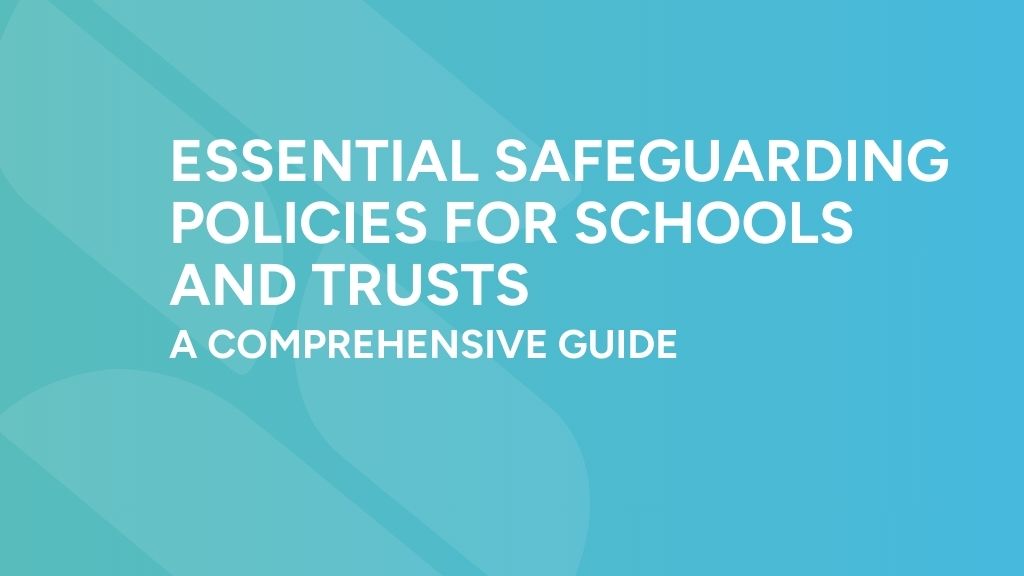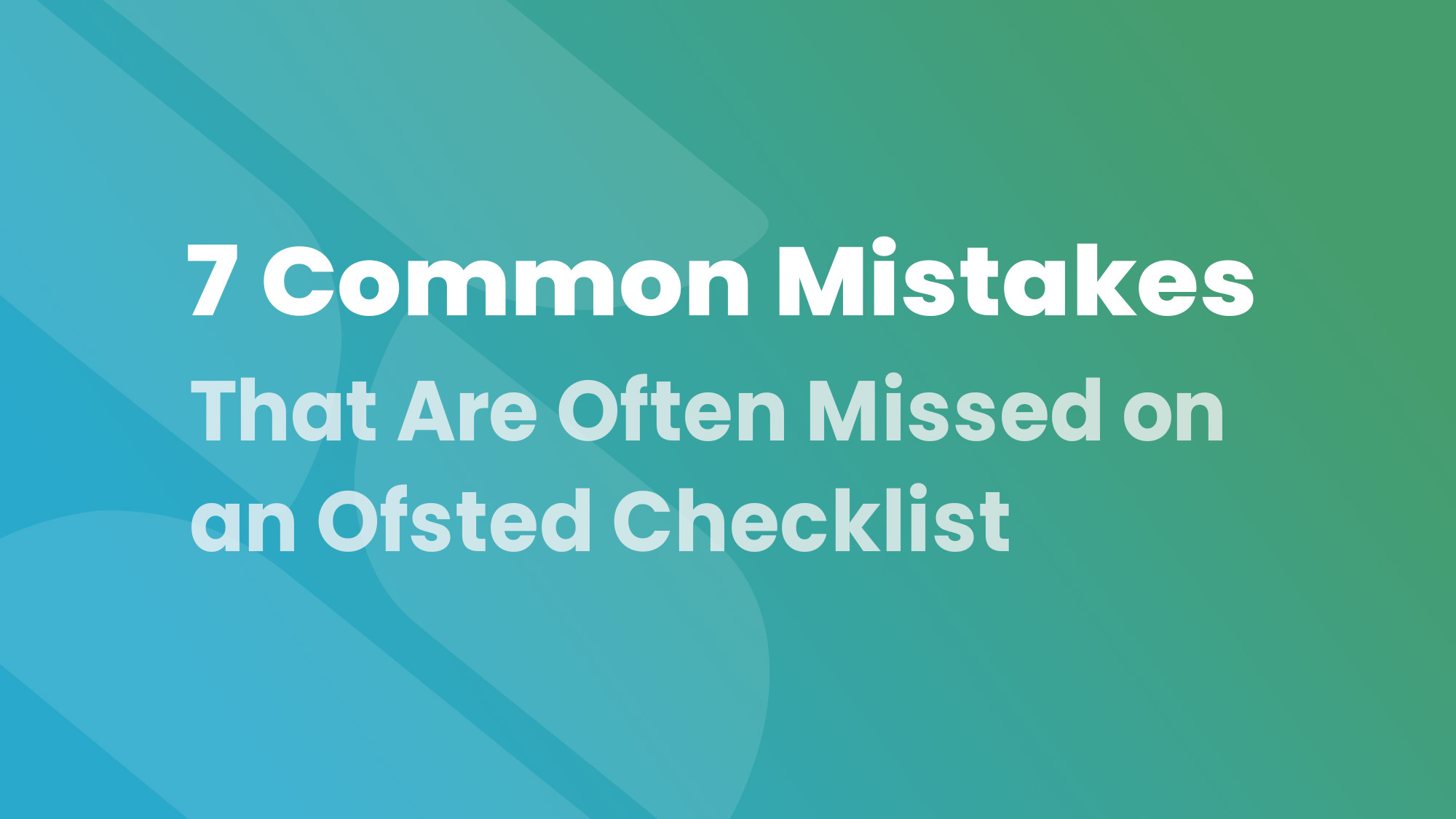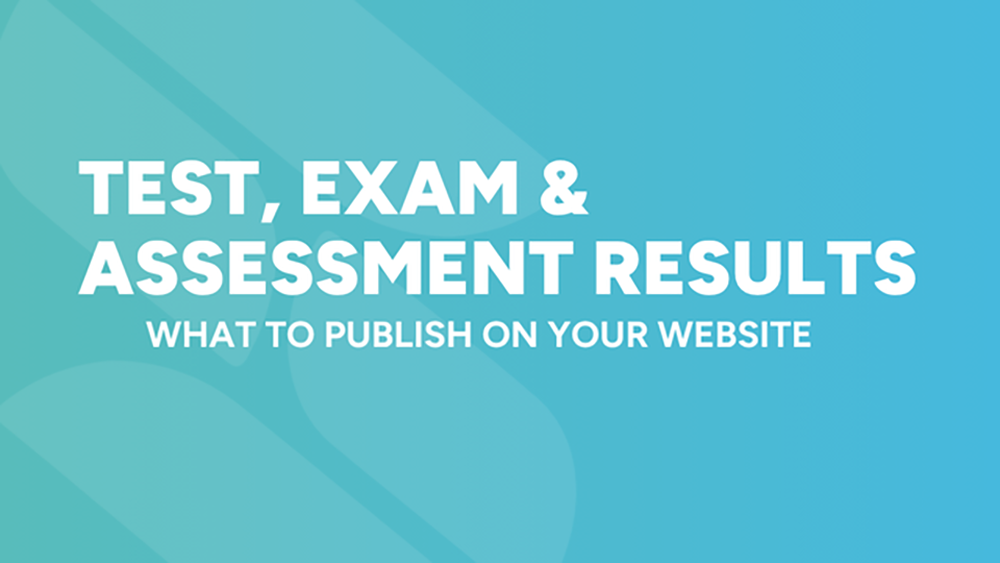What safeguarding information should be on a school website?
What safeguarding information should be on a school website?

Why safeguarding on your school website matters
Safeguarding is one of the most critical responsibilities that schools and colleges in the UK have. Keeping children safe in education isn’t just a principle—it’s a legal obligation. And your school website plays a vital role in how your safeguarding policies, procedures, and support systems are communicated.
The Department for Education (DfE), through the statutory guidance Keeping Children Safe in Education (KCSIE), outlines very clear expectations around safeguarding information. Ofsted inspectors, governing bodies, parents, and members of the wider community will look to your website to assess how seriously you take the welfare of children and young people in your care.
This guide explains exactly what safeguarding information schools and colleges must publish on their websites, what best practice looks like, and how to ensure your content is compliant, clear, and helpful.
What does the DfE expect?
The DfE’s guidance, Keeping Children Safe in Education (2024), states that school websites must publish a child protection policy, explain safeguarding procedures, and make key contacts accessible to all visitors. These measures promote transparency and accountability, and help ensure a safe environment for children and young people.
Here’s what all schools and academies need to publish:
1. Child Protection Policy
This is a legal requirement. Your child protection policy must:
-
Comply with statutory guidance from the DfE
-
Be in line with the arrangements set out by your local safeguarding partners (the three partners)
-
Be updated annually (or sooner if any changes occur)
-
Be publicly available—ideally via your school website
Ensure the policy clearly outlines:
-
Your safeguarding ethos
-
Roles and responsibilities, including the designated safeguarding lead (DSL)
-
Child protection procedures
-
Reporting concerns about a child’s safety
2. Safeguarding responsibilities and structure
Schools and colleges must provide an overview of their safeguarding approach, including:
-
Who the Designated Safeguarding Lead is, along with deputies
-
Contact details for safeguarding leads
-
The safeguarding governor (if applicable)
-
Details on how safeguarding concerns are managed, including how the school works with other organisations such as children’s services
This helps demonstrate how your leadership manages safeguarding concerns and responds to potential risks.
3. Contact details for safeguarding
Contact information should be clear, visible, and accessible across your site. Best practice includes:
-
A standalone safeguarding page with named DSL and deputy
-
Email addresses and phone numbers
-
Emergency contact procedures during term and out-of-hours
-
Clear links to the Local Authority Designated Officer (LADO) and children’s services where applicable
4. Supporting safeguarding policies
Your child protection policy should be supported by other relevant safeguarding policies and procedures. These may include:
-
Online safety policy
-
Whistleblowing policy
-
Behaviour policy
-
Anti-bullying policy
-
Staff code of conduct
-
Remote education safeguarding procedures
-
Complaints policy (particularly safeguarding-related complaints)
These policies demonstrate how your school promotes the safety and wellbeing of children, and how you protect children from abuse, neglect, domestic abuse, or other potential risks.
Best practice: How to publish safeguarding information effectively
Publishing safeguarding information isn’t just about uploading documents. It’s about building trust with your audience. Here’s how to get it right:
One-click to safeguarding
One of the most important best practices is ensuring that safeguarding information is accessible from anywhere on your website within one click. This is often a requirement during inspections and reflects your school’s commitment to creating a safe environment.
Tips:
-
Add “Safeguarding” to your main navigation or homepage quick links
-
Use a banner or highlighted area during inspection windows
-
Ensure it works well on mobile devices
Structure your safeguarding page clearly
Your safeguarding landing page should be structured in a way that makes it easy to navigate. Consider breaking it into the following sections:
-
Welcome message from the DSL
-
Key contacts
-
Safeguarding statement and ethos
-
Links to core and supporting policies
-
Step-by-step guide on reporting a concern
-
Useful external links (e.g. NSPCC, CEOP, local children’s services)
Use clear, jargon-free language
Avoid overly complex language and acronyms that could confuse parents or carers. Where you must use terminology (e.g. EHC Plan, LADO), include short explanations. Think about accessibility for readers with limited experience of education guidance or safeguarding procedures.
Example safeguarding statement
“At Riverside Primary School, the safety and wellbeing of every child is our highest priority. We are fully committed to safeguarding and promoting the welfare of children and young people and expect all staff, governors, and volunteers to share this commitment. If you have any concerns about a child’s welfare or safety, please contact our Designated Safeguarding Lead, Mrs Sarah Jones, on sj****@***********ch.uk or call 01234 567890.”
What inspectors look for
When reviewing your website, Ofsted inspectors and local authorities are looking for:
-
Up-to-date child protection and safeguarding policies
-
Clear evidence of child protection procedures
-
Contact information for key safeguarding staff
-
Whether your policy is in line with statutory guidance
-
Evidence of how you respond to safeguarding concerns
They will also want to see:
-
Safeguarding training for staff, governing bodies, and management committees
-
Information on how you protect children with protected characteristics or children missing education
-
Clear arrangements for safeguarding during remote education
Inadequate safeguarding information or out-of-date policies can result in questions about leadership and management—even before an inspector steps through your door.
Trust-wide safeguarding: Advice for Multi-Academy Trusts
If you’re a MAT leader, managing safeguarding information across multiple school websites presents additional challenges.
Best practice for trusts includes:
-
Centralised policy hosting using tools like the Schudio MAT Portal so all schools have access to the latest child protection procedures
-
Ensuring each school website has:
-
The most recent policies
-
Named safeguarding contacts
-
Visibility of the MAT-wide safeguarding strategy
-
Schudio’s Document Groups feature allows trusts to update one policy centrally and push it to all school websites instantly—even across different providers. This reduces admin time and ensures consistency in how you protect children.
What safeguarding policies should be published?
Here’s a checklist of core and supporting safeguarding policies schools and colleges should publish:
✔ Child Protection Policy (mandatory)
✔ Online Safety / E-Safety Policy
✔ Behaviour Policy
✔ Anti-Bullying Policy
✔ Whistleblowing Policy
✔ Safer Recruitment Policy
✔ Staff Code of Conduct
✔ First Aid Policy
✔ Remote Education Safeguarding Guidelines
✔ Allegations Against Staff Procedures
✔ Accessibility Plan
✔ Equality Objectives (especially where they intersect with safeguarding)
Supporting the well-being and welfare of children
Your safeguarding content should reflect more than legal duties. It should show your active commitment to the welfare of children, particularly vulnerable children, those with SEND, or those facing risks such as sexual harassment or domestic abuse.
Consider including information about:
-
Mental health and wellbeing support
-
Pastoral care or family liaison teams
-
Partnerships with social services or children’s services
-
Training provided to school staff
Providing this information helps demonstrate a whole-school approach to safeguarding children and young people.
What safeguarding information should be on a school website – summary
|
Area |
Requirements |
|---|---|
|
Child Protection Policy |
Updated annually, references statutory guidance, public on the website |
|
Designated Safeguarding Lead |
Name, role, contact details listed clearly |
|
Supporting Policies |
Whistleblowing, online safety, anti-bullying, complaints, etc. |
|
Reporting Procedures |
Clear steps for raising safeguarding concerns |
|
Accessible Format |
Easy to navigate, mobile-friendly, accessible PDFs |
|
Inspection Readiness |
Links tested, policies current, key information visible |
|
Trust-wide Clarity |
Centralised, consistent safeguarding policies across all school websites |
Next steps for schools and trusts
✅ Review your current safeguarding content using the checklist above
✅ Ensure your child protection policy is updated and accessible
✅ Add a clear safeguarding landing page with one-click access
✅ Publish key staff and contact details
✅ Centralise trust-wide safeguarding policies with the Schudio MAT Portal
If you need support, book a free place at our School Website Compliance Workshop, or ask us about an expert compliance audit of your safeguarding page.
Final thoughts
Your school website is a reflection of your commitment to the safety and well-being of children and young people. By providing clear, up-to-date, and accessible safeguarding policies and child protection procedures, you not only meet your legal duties—you build trust.
Make safeguarding visible. Make it meaningful. And most importantly, make it work for the children who need it.










